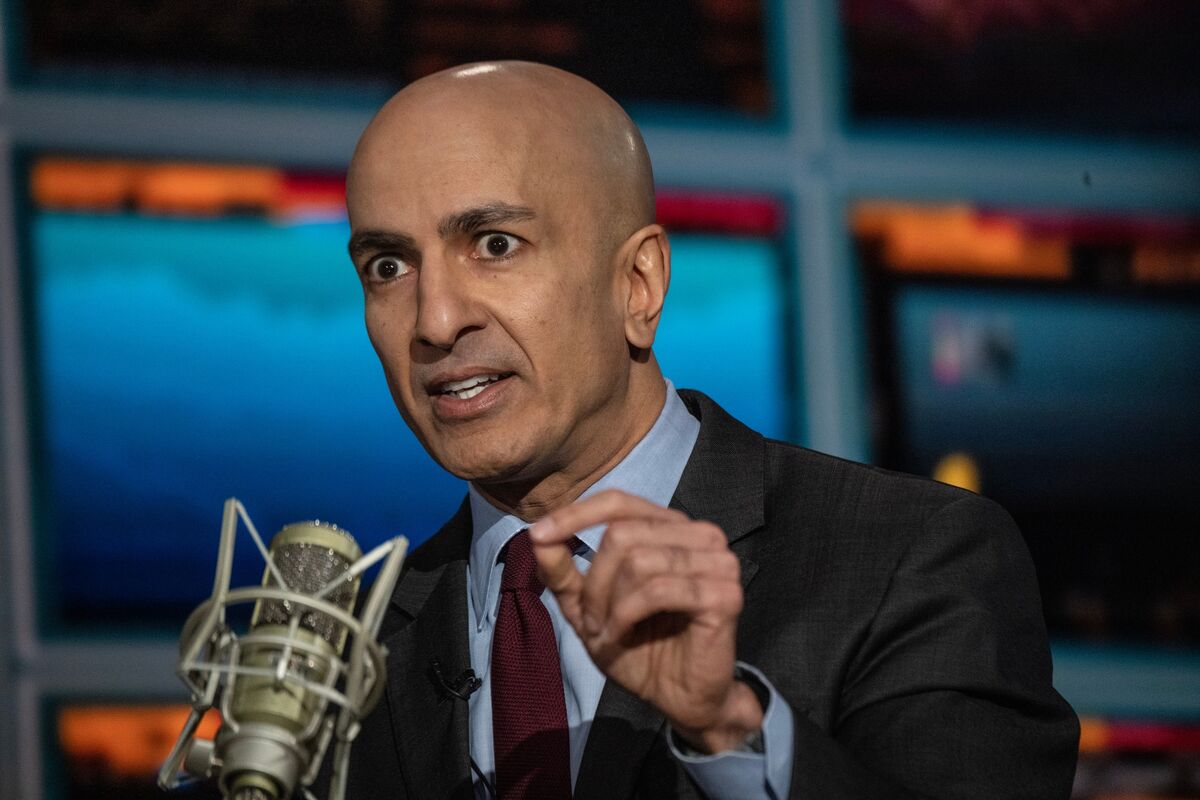Minneapolis Federal Reserve President Neel Kashkari stated on Tuesday that the central bank intends to maintain interest rates at their current level for an “extended period,” potentially lasting through the remainder of the year.
Speaking at a Milken Institute conference, Kashkari outlined the criteria he would require to support any interest rate adjustments, particularly emphasizing the need for sustained positive inflation data indicating progress in addressing disinflation.
“I would need to see multiple consecutive inflation readings indicating that the process of disinflation is advancing,” Kashkari remarked.
His comments come amidst a recent stagnation in the decline of inflation, with the latest year-over-year inflation rate standing at 2.7%, well above the Fed’s 2% target. This leaves policymakers in a state of uncertainty, with inflation remaining elevated but without clear evidence necessitating further rate hikes.
Kashkari also emphasized his focus on labor market developments, suggesting that a significant shift towards weaker job creation could justify a reduction in interest rates.
Back in March, Kashkari had anticipated the need for two interest rate cuts in 2024. However, he hinted that this outlook might change based on upcoming data, potentially resulting in just one cut or even none when policymakers convene next month to release fresh projections.
Having previously raised the benchmark federal funds rate to 5.25% to 5.5%, aiming to curb inflation, the Fed now faces the challenge of balancing the need to contain inflation without stifling economic growth.
While recent progress in curbing inflation has slowed and there are indications that inflation may be poised to accelerate again, Kashkari, echoing Fed Chair Jerome Powell, signaled that further rate hikes are improbable.
He emphasized that while the threshold for a rate hike is high, it’s not insurmountable, suggesting that maintaining elevated rates until inflation subsides might be the most prudent course of action.
Kashkari highlighted the importance of monitoring the effects of monetary policies, suggesting that the Fed may opt to maintain rates for a longer duration than currently anticipated to assess their impact effectively.















































